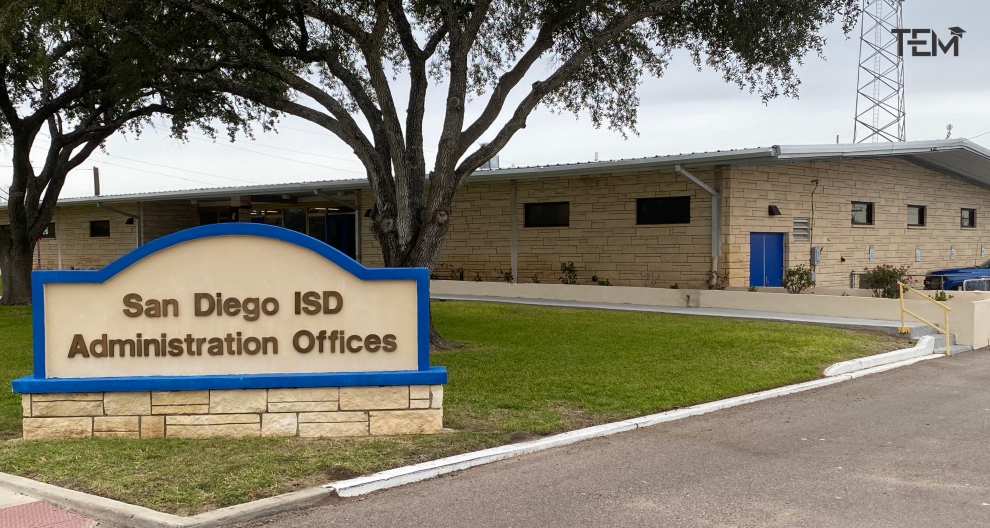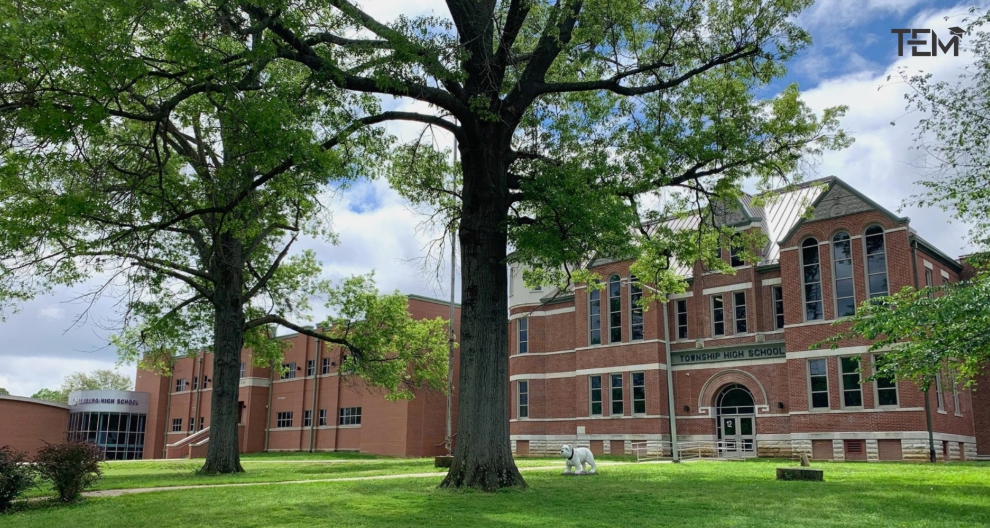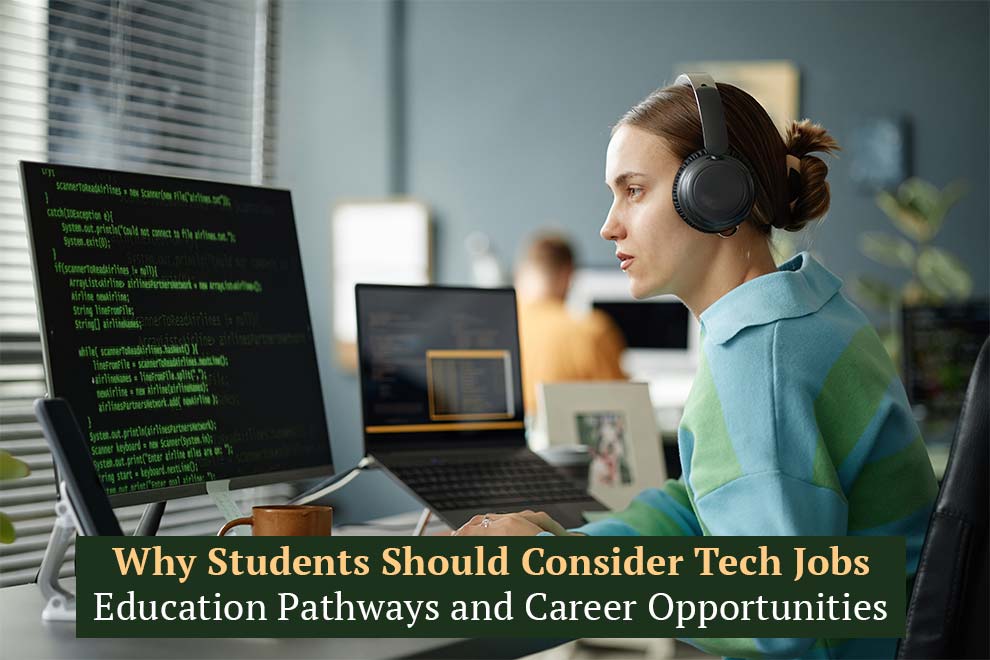Artificial Intelligence is no longer just a futuristic idea—it’s already reshaping how students learn and how teachers teach. From lesson planning to adaptive tools, AI in the classroom is now part of everyday education. But beyond the buzzwords, this shift is more than just using a chatbot or grading software. It’s about building smart, responsive systems that help educators save time, support every learner’s needs, and improve outcomes at scale. However, the real power of AI depends on how wisely we use it. Responsible use means clear rules, strong ethics, and thoughtful planning. In this blog, you’ll explore how AI is transforming learning, how schools can use it effectively, what ethical challenges lie ahead, and why educators—not algorithms—must stay at the center of it all. The goal isn’t just smarter classrooms. It’s more inclusive, efficient, and human-centered education through the right use of AI in the classroom.
The Transformative Power of AI in the Classroom
Artificial Intelligence is no longer just a buzzword in education—it’s now part of everyday learning. From simplifying tasks to personalizing learning, AI in the classroom is helping both students and teachers in real, practical ways. As of 2025, almost every student interacts with AI tools daily, while many teachers depend on them for planning, grading, and instruction.
- A. Personalized Learning at Scale:
- Adaptive Learning Paths
AI tools now adjust the way lessons are taught based on how each student performs. The system changes speed, content, and teaching methods to fit individual needs. This helps every learner move at their own pace, without feeling left behind.
- Students learn better because the content matches their level.
- It fills knowledge gaps and supports strengths at the same time.
- 25% of educators say personalized learning is the biggest benefit of AI in the classroom.
- Addressing Diverse Needs
AI tools now support students with different challenges. For example:
- Text-to-speech helps struggling readers
- Live translation supports non-English speakers
- Simplified content makes tough topics easier to understand
These tools promote inclusion. According to UNESCO, AI must ensure equal learning chances for all. With AI in the classroom, education becomes more fair and accessible.
- B. Empowering Educators: Streamlining Tasks and Enhancing Instruction:
- Automated Administrative Support
AI saves time by handling common classroom tasks:
- Grading
- Feedback
- Attendance
- Timetables
42% of teachers say this is the most helpful part of using AI. It allows them to focus more on teaching, not paperwork.
- Intelligent Content Creation
Teachers now use AI to:
- Build lesson plans
- Create quizzes and assignments
- Design classroom activities
In 2023:
- 38% of teachers used AI to plan lessons
- 37% created classroom materials using AI
- 44% said AI made their jobs easier by reducing workload
- Data-Driven Insights
AI helps track and analyze student performance. It identifies who’s at risk, what’s working, and how to improve.
- Teachers get clear data for smarter teaching choices
- They can support each student with the right plan
- 47% of education leaders now use AI daily to make better decisions
This is how AI in the classroom empowers teachers while improving outcomes.
- C. Boosting Student Engagement and Skill Development:
- Interactive Learning Experiences
More than 51% of educators now use:
- AI chatbots for Q&A, debates, and storytelling
- Games powered by AI to make lessons fun
- VR and AR tools to help students “experience” learning
These tools increase attention and make learning more active.
- Fostering 21st-Century Skills
AI prepares students for the future by building:
- Problem-solving
- Creativity
- Critical thinking
58% of high school teachers noticed students became more confident.
49% of college professors saw students learn faster with AI’s help.
- Research and Revision Aids
Students now use AI to:
- Research topics
- Write drafts
- Fix grammar and structure
73.6% of students and researchers say AI makes writing and reviewing faster and easier. It acts like a smart guide that helps without doing the work for them.
Navigating the Challenges and Ethical Landscape
AI’s integration into classrooms brings transformative benefits, but also raises complex challenges around academic integrity, data privacy, fairness, equity, and the preservation of human-centered learning.
- A. Academic Integrity and the Challenge of Misuse:
- The Plagiarism Dilemma
AI tools like ChatGPT are now used by 89% of students for homework. This change is reshaping academic honesty.
At the same time, 68% of teachers rely on AI to catch plagiarism. Interestingly, while AI-generated content rose 76%, plagiarism rates dropped 51%. That shift suggests students are using AI in new ways.
Still, most teachers believe using AI for homework counts as cheating. As a result, discipline cases for dishonesty increased—from 48% to 64% this year.
- Cultivating Originality
Traditional plagiarism detectors can’t catch everything AI produces. So, many educators now encourage students to critically engage with AI outputs.
They’re assigning:
- Personal reflections
- Process journals
- Oral presentations
These assignments make it harder to depend only on AI in the classroom. Students learn to think for themselves while still using tech as a support tool.
- B. Data Privacy and Security Concerns:
- Safeguarding Sensitive Information
Schools have become major targets for cybercrime. In 2025, weekly cyberattacks on schools rose by 75%.
Ransomware demands now average $6.6 million in lower education and $4.4 million in higher education.
Educators are worried:
- 51% feel uneasy about personal data safety
- 63% are very concerned about AI-driven attacks
AI in the classroom must include strict privacy protections for everyone involved.
- Compliance and Transparency
In 2025, 53% of schools have a cybersecurity plan—up from 34% in 2022.
They now:
- Run regular security checks
- Encrypt student data
- Explain how that data is used
This builds trust while staying compliant with privacy laws.
- C. Algorithmic Bias and Fairness:
- Understanding Inherent Biases
AI systems can repeat the biases they learn from data. This can unfairly affect students, especially those from marginalized backgrounds.
That’s why ongoing review of datasets and results is critical in classrooms using AI.
- Promoting Equity
Schools are adopting these fairness strategies:
- Diverse teams in AI design
- Regular audits for bias
- Clear, explainable recommendations from AI
These practices help AI in the classroom serve every student fairly.
- D. The Digital Divide: Ensuring Equitable Access:
- Bridging the Gap
Many students still lack access to:
- AI tools
- Reliable internet
- Personal learning devices
This gap creates deeper learning inequalities.
- Policy and Infrastructure
Governments now fund:
- Low-cost devices
- Subsidized connectivity
- Targeted help for underserved communities
These steps aim to bring the full benefits of AI in the classroom to all learners, not just a privileged few.
- E. Over-reliance and Preserving the Human Element:
- Maintaining Critical Thinking
If students depend too much on AI, their creativity may suffer. Teachers are now focusing on:
- Open-ended questions
- Projects with real-world applications
- Personal storytelling
This helps students build skills, not shortcuts.
- The Irreplaceable Role of the Educator
AI can help with teaching. But it can’t replace a teacher’s:
- Empathy
- Motivation
- Judgment
The best schools in 2025 don’t replace teachers with AI. Instead, they use AI in the classroom to support deeper, more human-centered learning.
Strategic Implementation: Best Practices for Schools
Successfully leveraging AI in education requires more than just adopting new technologies—it demands thoughtful planning, inclusive policy-making, and a commitment to continuous improvement. Here’s a roadmap for schools to ensure responsible, impactful, and equitable AI integration.
- A. Developing Comprehensive AI Policies and Guidelines:
- Clear Expectations
Schools must set clear rules for using AI in learning. These rules should explain what is allowed and what is not.
- Define how students and teachers can use AI
- Set standards for honesty and fairness
- Explain consequences for misuse
In fact, many schools with strong AI policies report fewer cheating cases..
- Stakeholder Collaboration
Great policies come from listening to everyone—students, parents, teachers, and staff.
- Include all voices in discussions
- Update rules often as AI tools evolve
- Build trust and make everyone feel heard
This creates stronger support for AI in the classroom.
- B. Empowering Educators Through Professional Development:
- Beyond Basic Training
Teachers need more than a quick guide. They need real, hands-on training with experts and peers.
- Offer regular workshops
- Build peer learning groups
- Invite guest educators for demos
Even in 2025, more than 50% of teachers say they don’t get enough AI training.
- Cultivating AI Literacy
Teachers must know what AI can and cannot do. This helps them use it the right way in class.
- Teach AI strengths and limits
- Show how to blend AI with real teaching
- Encourage thoughtful use, not overuse
This builds confidence in using AI in the classroom the right way.
- C. Fostering Student AI Literacy and Agency:
- Critical Evaluation Skills
Students should learn how to think about what AI gives them—not just accept it.
- Question AI answers
- Compare with trusted sources
- Spot bias and errors
Many students in AI-literate schools are better at evaluating sources.
- Responsible Creation
Encourage students to use AI to build new ideas, not just copy.
- Let them create AI tools or apps
- Use AI in projects and presentations
- Teach them to design with ethics in mind
This makes AI in the classroom a tool for thinking, not just clicking.
- D. Measuring Impact and Iterative Improvement:
- Assessing Effectiveness
Schools should track what works and what doesn’t. Use numbers and stories to get a full picture.
- Monitor test scores and attendance
- Collect teacher and student feedback
- Watch how often AI is used
- Continuous Adaptation
Stay open to change. Review and revise your strategies often.
- Hold review meetings
- Ask for input from all users
- Improve based on real feedback
That’s how schools keep AI in the classroom effective and meaningful.
- E. Engaging Parents and the Wider Community:
- Transparent Communication
Tell parents what’s happening. Be honest and clear about goals and safety steps.
- Share updates on school websites
- Show real classroom examples
- Explain how data stays private
- Addressing Concerns
Open the door for questions. Let parents feel involved.
- Host Q&A sessions
- Share guides or videos
- Listen to their worries
More than half of the parents say they support AI more when they feel included.
The Future of AI in Education
- Emerging Trends
AI tools now customize lessons to match every student’s pace, interest, and skill level. This ensures no learner falls behind.
- Students get lessons based on how they learn best
- Progress becomes faster, smoother, and more confident
- Everyone learns at their own pace without pressure
This shift shows how AI in the classroom is making education more personal and student-focused.
AI-Driven Collaborative Learning
Classrooms are becoming more interactive thanks to AI.
- AI forms study groups based on student strengths
- It suggests group projects and moderates online chats
- Teamwork and sharing ideas become easier and more fun
This helps students connect, both in-person and online.
Predictive Analytics
AI now spots trends in how students perform. It predicts:
- Who may need extra help
- What topics are harder for certain students
- When to offer support before problems grow
These tools let teachers take action early. That’s another smart use of AI in the classroom.
- AI as a Collaborative Partner
In the future, AI and teachers will work side by side. AI handles:
- Planning lessons
- Tracking progress
- Giving custom content
This frees teachers to focus on what matters most—talking to students, understanding emotions, and building thinking skills. With AI in the classroom, learning becomes deeper and more human.
- Continuous Adaptation
Schools must stay flexible. As AI changes, so should policies and teaching tools.
- Update training for teachers regularly
- Ask for feedback from students and parents
- Keep improving based on what works
By doing this, schools can use AI wisely, safely, and fairly. The future of AI in the classroom is not just about tools—it’s about smarter, kinder, and more effective learning for all.
Key Takeaways
What’s clear is that we’ve already stepped into a world where AI is part of how we learn—and there’s no turning back. But that doesn’t mean we treat it like magic. It means we understand what’s at stake. AI in the classroom is powerful, but only when it’s used with intent. It can bring efficiency, personalization, and creativity. But if left unchecked, it can also create dependence, bias, and even widen existing gaps.
What really matters is the mindset. Schools that treat AI as a partner—not a shortcut—are already seeing better engagement and deeper learning. Teachers who see AI as an assistant, not a threat, are reclaiming time to do what machines never will—build trust, inspire, and connect.
This shift isn’t just technical. It’s cultural. It’s about rethinking what great education looks like in a world that’s evolving fast—and making sure every learner benefits from it.











